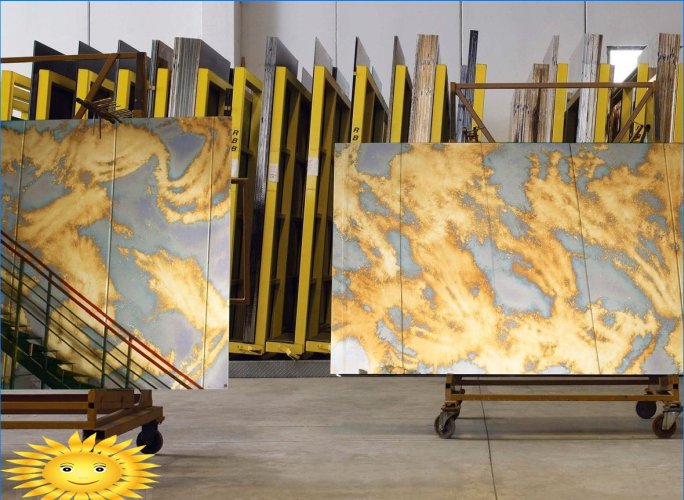
A technique very similar to eglomise appeared as early as the 3rd century BC. Then the craftsmen created glassware, which consisted of two parts. Between them was a drawing made with gold leaf. Then the name of the technology did not exist, only in the second half of the 18th century French antiquaries called the technology of decorating glass and mirrors “glomise”. It is a derivative of Jean Baptiste Glomy, who in Paris at that time was engaged in drawing and making frames.
Now this technology, which, we are sure, can be mastered by anyone who wants to decorate the interior with his own hands, is called eglomise and is even applied to those samples of applying images under glass that were created much earlier than the works of the French master..
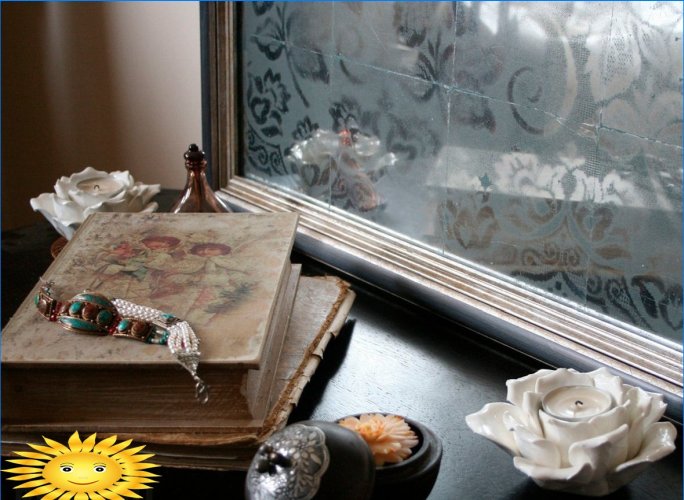
Of course, nowadays real leaf gold is very rarely used in the eglomise technique. These are already exclusive design works that are affordable for a few. In modern design, leaf is used – very thin, weightless sheets of metal and alloys, including aluminum or copper with zinc. The potal successfully imitates real gilding, gold plates. At the same time, you can buy this material for gold leaf at an affordable price – about 255-410 rubles for 25 sheets of 14×14 cm.

An important difference and peculiarity of the eglomise technique is that the leaf, foil, the basis of the picture are attached behind the glass, under it. That is, all the work is carried out on the reverse side and it is often quite difficult to understand what kind of drawing, what picture will exactly appear on the front side. Working “under glass” using the eglomise technique, in addition to the pot and the base itself, requires the following tools and ingredients:
- Transparent liquid glue, for example, “Mordana”, specially designed for work with dry leaf and its many analogues;
- Brushes for applying glue;
- Soft sponge, fabrics for smoothing the sheets of potted;
- Needles and a special thin knife, a scraper that looks like an ink pen. It is these tools that will be used to create, scratch out a picture;
- Paints, usually black. Can be taken in a spray can or simply applied with a brush;
- Directly the glass of the required size. How to cut it correctly, we wrote in detail.
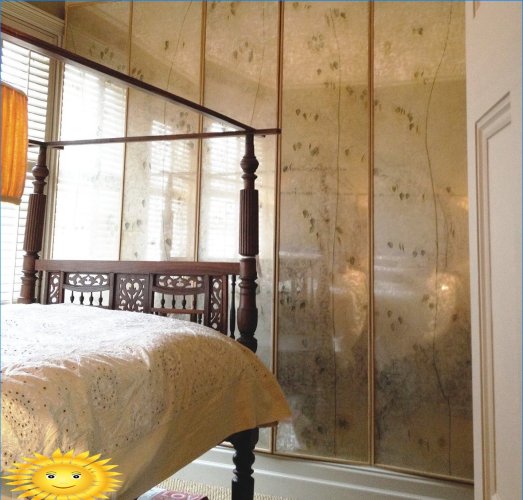
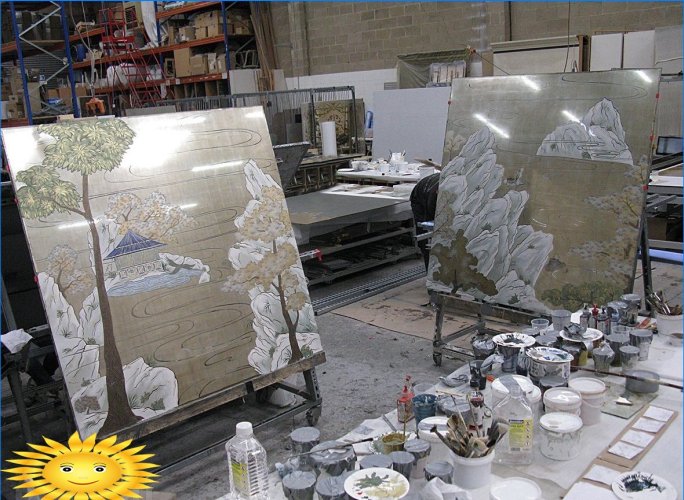
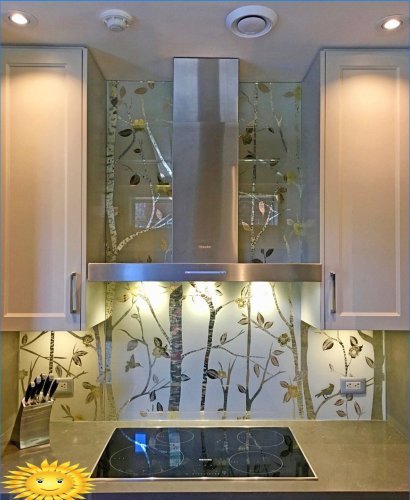
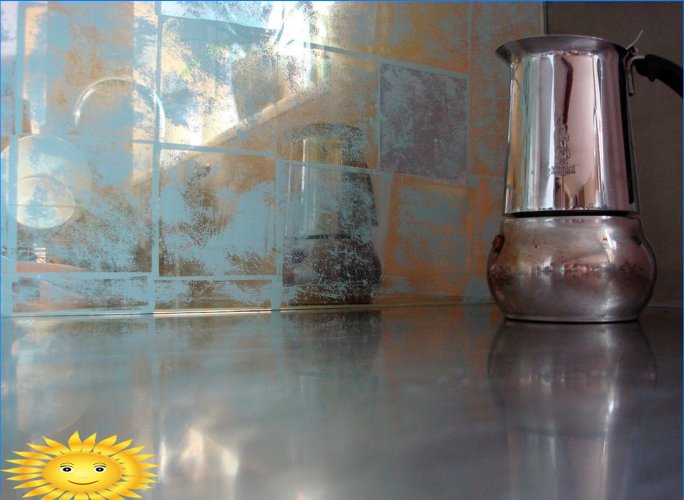
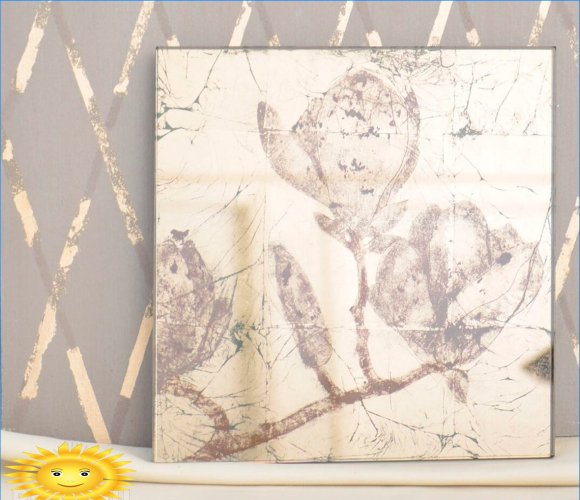
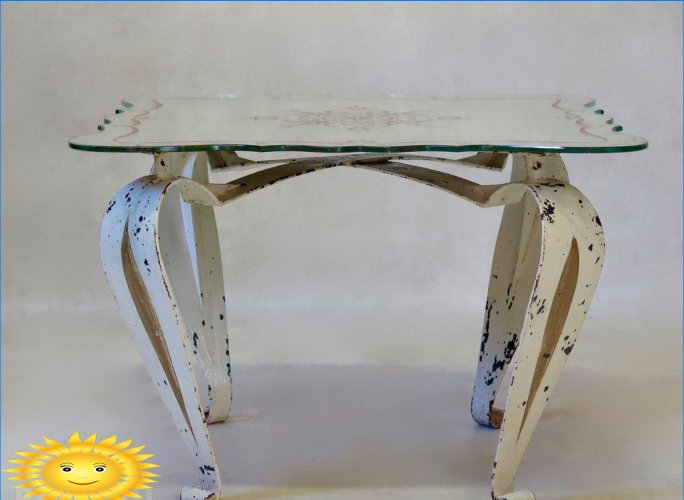
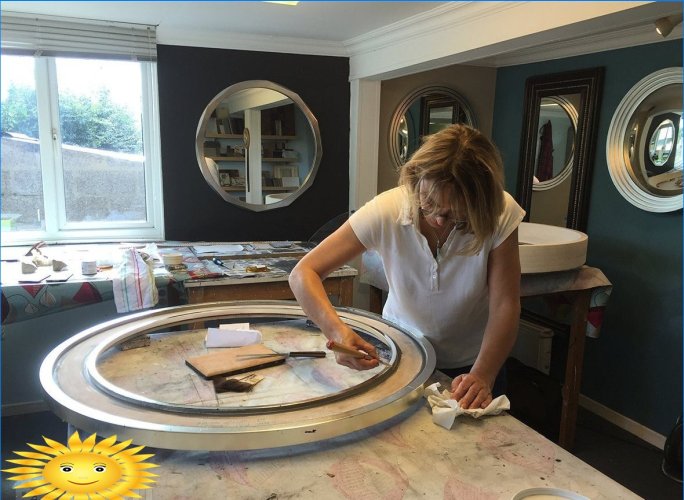
You can decorate literally anything using the eglomize technique: a kitchen apron, an interior door with a glass insert, a wardrobe, a mirror frame or a photograph, a coffee table top, make a panel to decorate a hallway, bedroom, living room. The very technique of applying glaze on glass and creating drawings in this technique is quite simple.
The result is a unique, semi-antique piece that fits perfectly into any interior style, even a very modern one. The main thing is to choose a drawing suitable for the subject..

This is quite intriguing! I’m curious to know more about the process of Eglomise. How exactly is drawing done on glass? What tools are used? Is it a common technique or more specialized? And how is the final product preserved? Any information on this would be greatly appreciated!
I’ve come across the term “Eglomise” and it seems to be the technique of drawing on glass, but I’m curious to know more. How exactly does this process work? Are there specific tools or materials involved in Eglomise? And what are some common uses or applications of this technique in art or design?